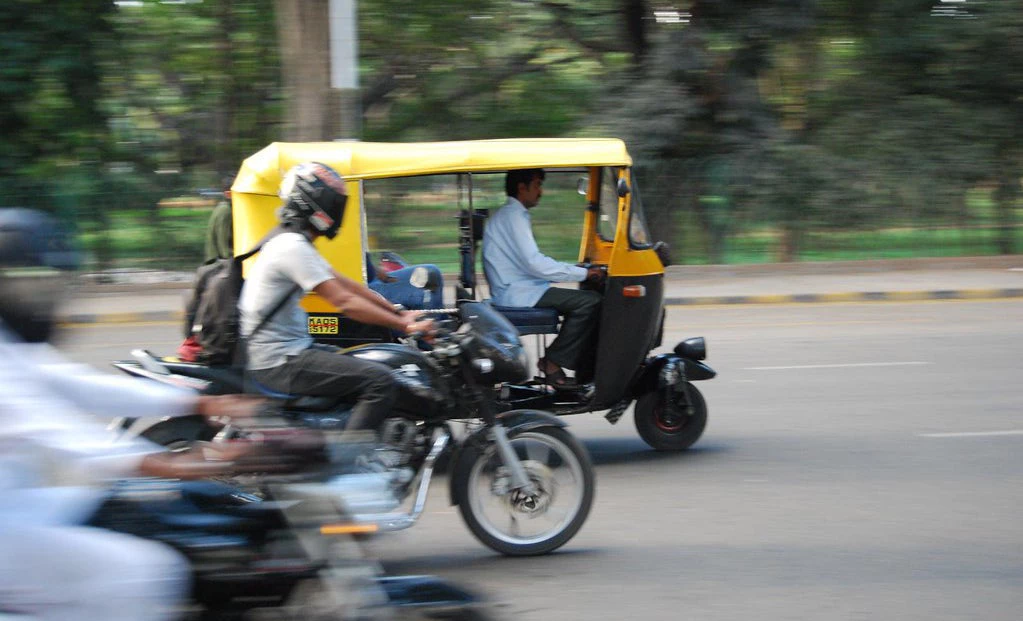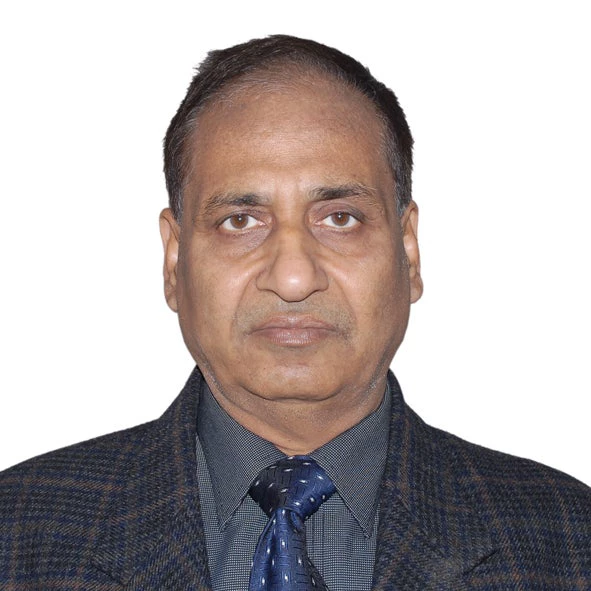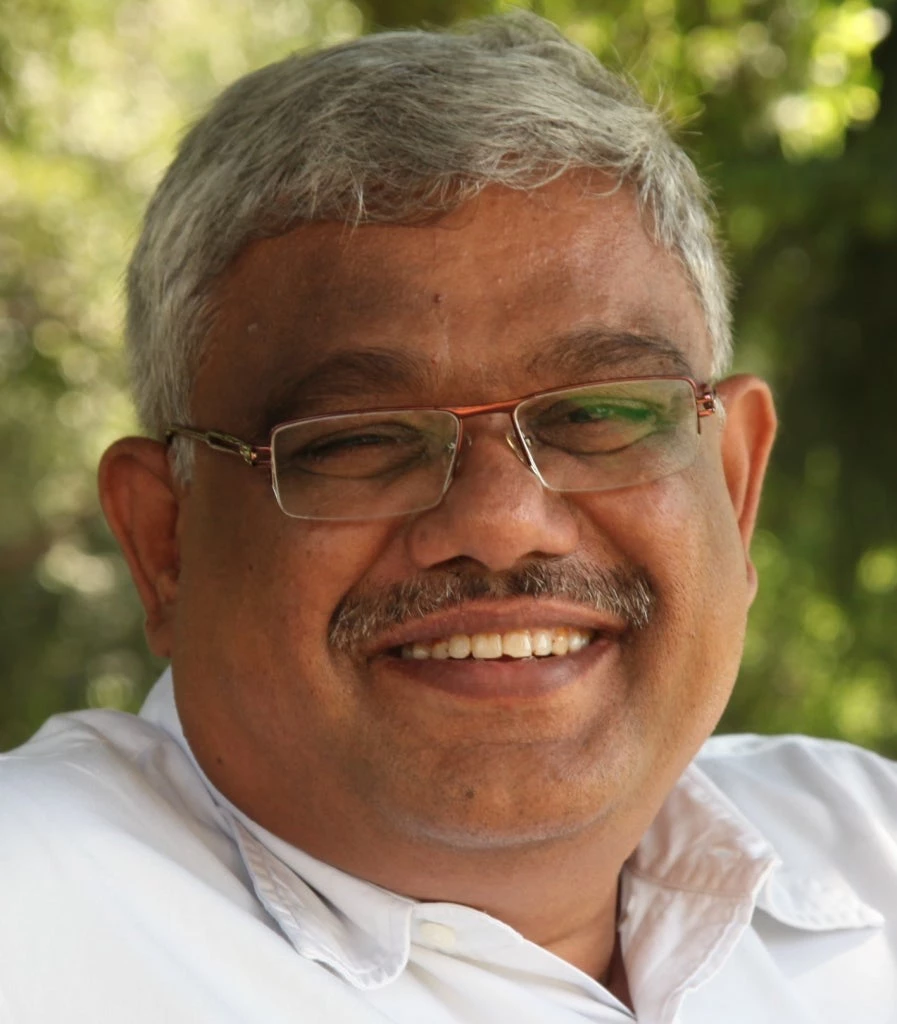
Compared to road, air travel is far safer even though it involves a higher level of technological sophistication and complexity. Why are roads not equally safe to travel? They could be, when we start insisting for safety-complied road designs and construction standards, enforcement, vehicle standards, and education, as we do for air travel.
Currently, road agencies do not always insist on safe road designs, and enforcing safety rules is far from optimum. Inadequate enforcement, poor driver education, low public awareness and lack of capacity in responsible agencies are challenges that urgently need to be addressed. Road safety claims about 150,000 human lives each year in India alone, and must become an integral part of the entire transport system.
Efforts are already underway to tackle some of these issues. The World Bank-funded Second Karnataka State Highway Project supported the adoption of a whole-of-government programmatic approach to road safety, with activities focused on every stage: policy, planning, design, construction, and operation. The results have been striking: fatalities and injuries along the Belagavi - Yaragatti (62 km) State Highway corridor, that piloted the approach, were reduced by more than 50 percent (Table 1). The approach included:
- International Road Assessment Programme (iRAP) surveys;
- Mobilizing high-level political support;
- Convening a team of professionals to advice on engineering, enforcement, education, and communication;
- Retrofitting road safety engineering measures to ensure corridors comply with standards -through improved junctions and geometrics, signages, road markings, bus-stops, truck parking areas, and protection structures;
- Undertaking research to identify causes of road crashes: these included speeding, driving while intoxicated, idle parking on carriageway, use of mobile phones while driving, lack of parking places and reflective road markings, etc.;
- Regular enforcing of road safety measures through capacity building of police departments by training and equipment support and use of surveillance cameras; and
- Increasing public awareness and education through mass media campaigns (using face book and Instagram), and driver and children education.
| Item\year |
2015 |
2016 |
2017 |
2018 |
|---|---|---|---|---|
| Total Crashes |
179 |
162 |
109 |
85 |
| Fatalities |
50 |
49 |
22 |
23 |
| Injuries |
309 |
272 |
208 |
125 |
One of the key learnings is that road safety is a human issue and it should be projected that way to gain dedicated support from all stakeholders. In many villages under the project, school kids, drivers and the general population were surprised when they saw police officers delivering road safety training. Likewise, police officers were motivated to undertake their own research to identify road safety solutions, and the pilot increased cooperation between the police, engineers, local administration, public representatives, transport operators, and health officials.
The project also made it possible to integrate road safety considerations during the design and construction of high-speed corridors, as well as post-crash care to accident victims, by making these a part of maintenance contracts. Contractors took up this task proudly, contrary to the general perception that they are only profit-oriented. Contractors are also responsible to collect crash data that is used for further research to identify better solutions.
The project has set-up a special road safety cell that prepares annual road safety improvement program along with a budget proposal based on the data collected by the field offices and the police department. This has spurred the government to provide a dedicated budget for road safety works in fiscal years 18/19, totaling US$45 million. The program is being implemented by the field divisions of the road agencies.
Going forward, the challenge is to sustain this success story and replicate it in the Karnataka’s 80,000 km network of secondary roads, helping save about 10,000 human lives that are being lost annually in road crashes in the state.




Join the Conversation